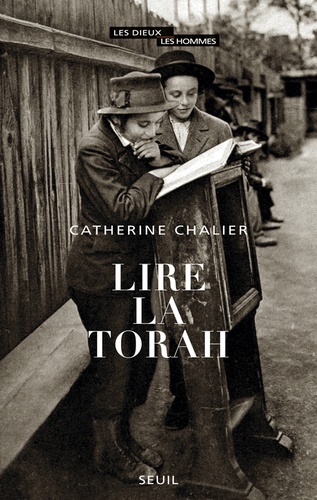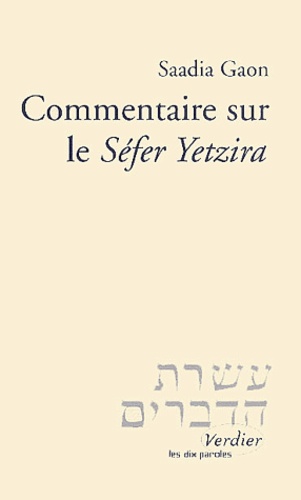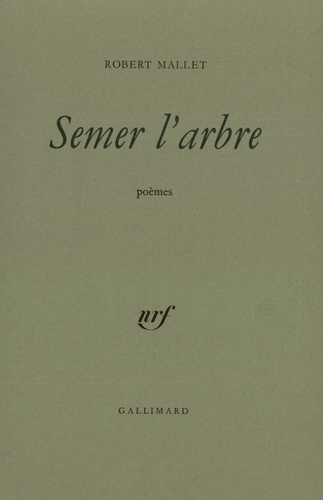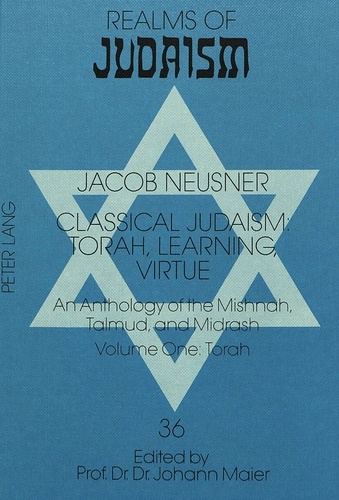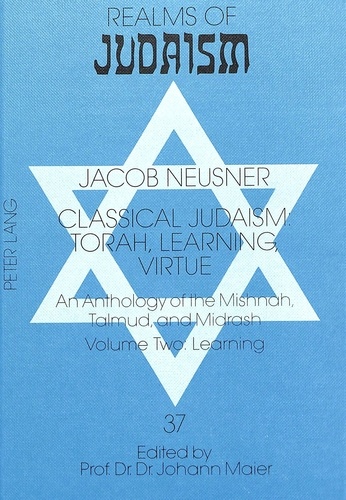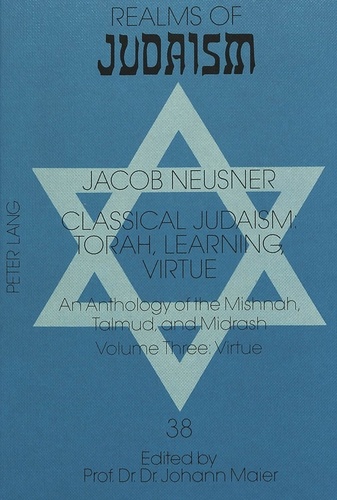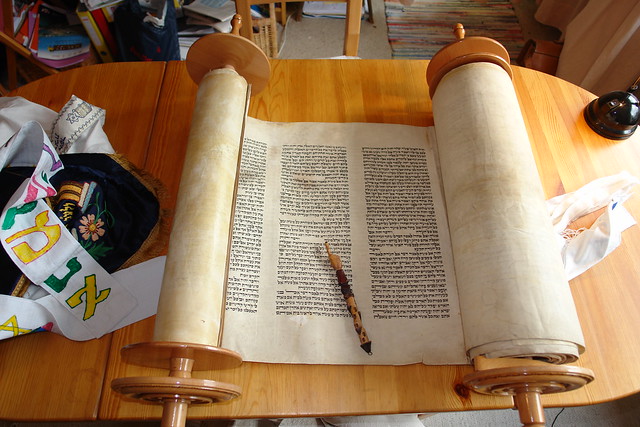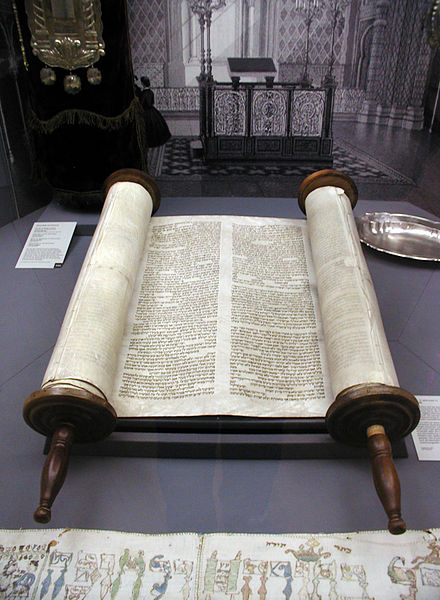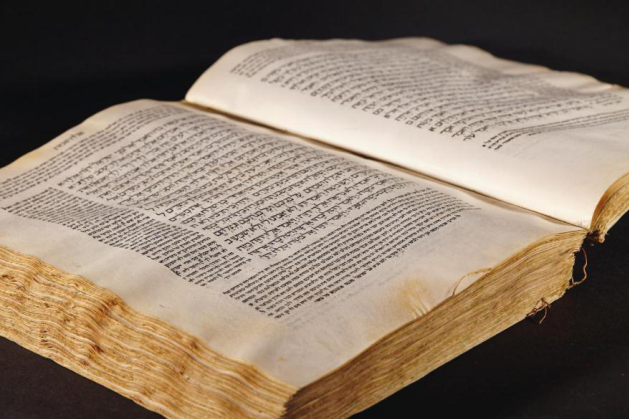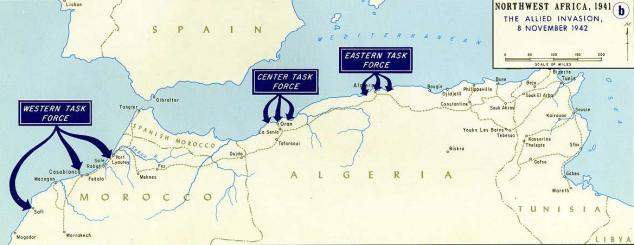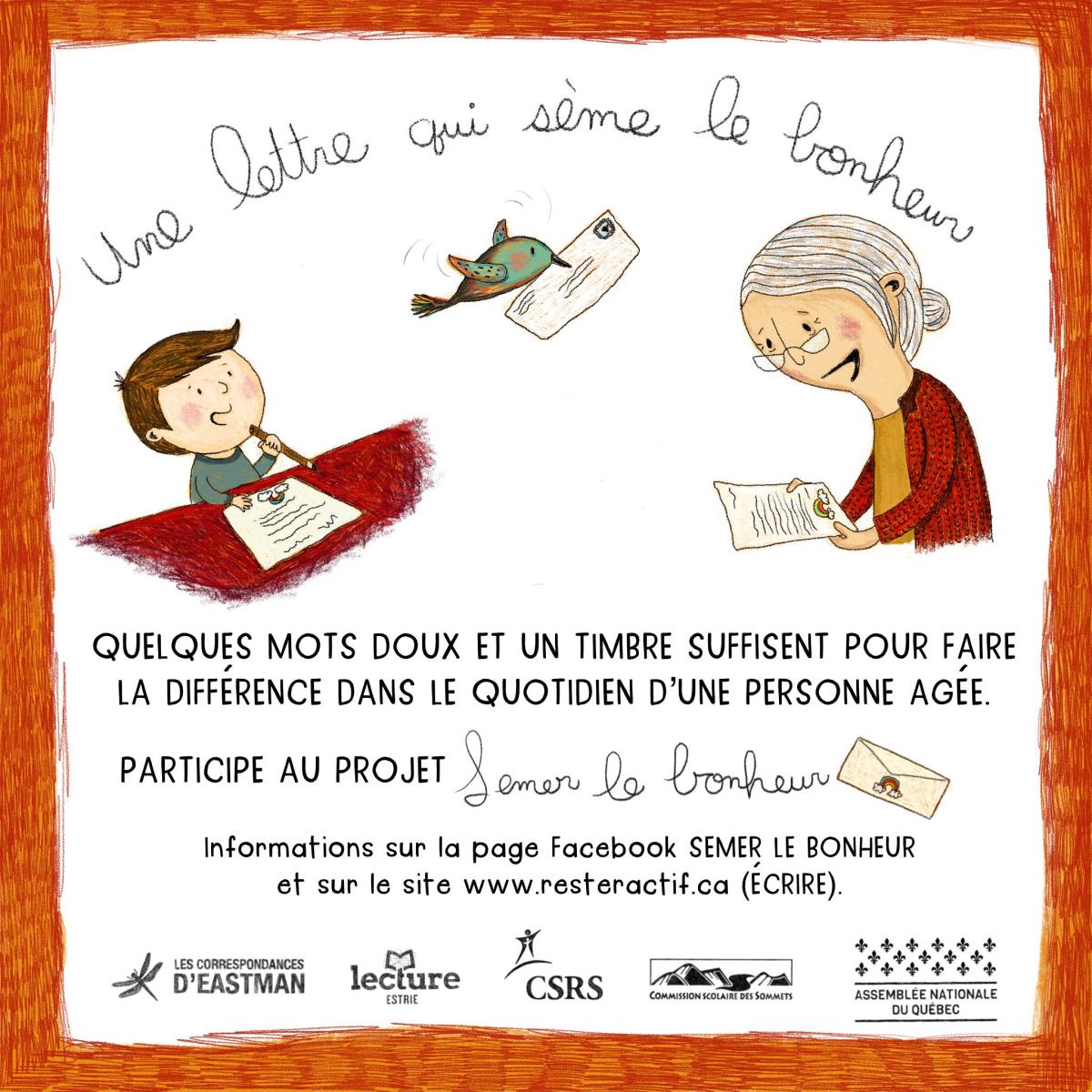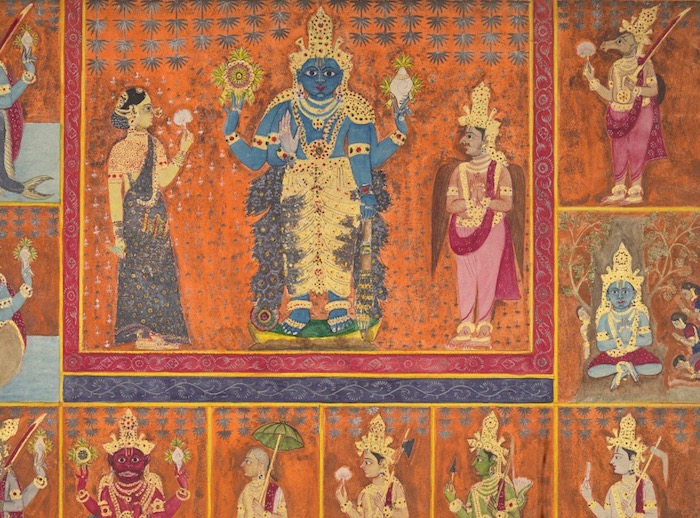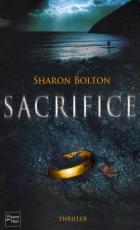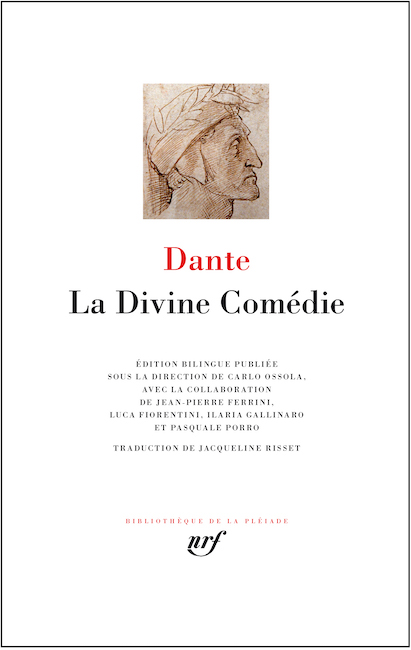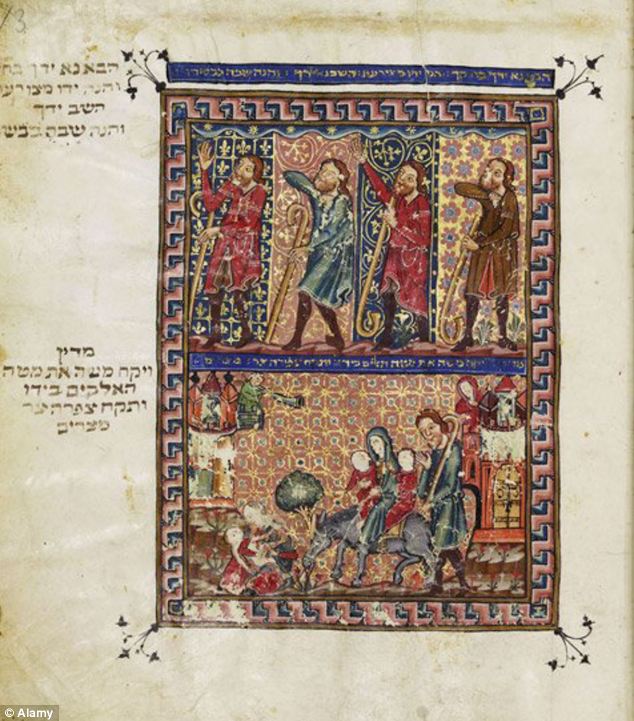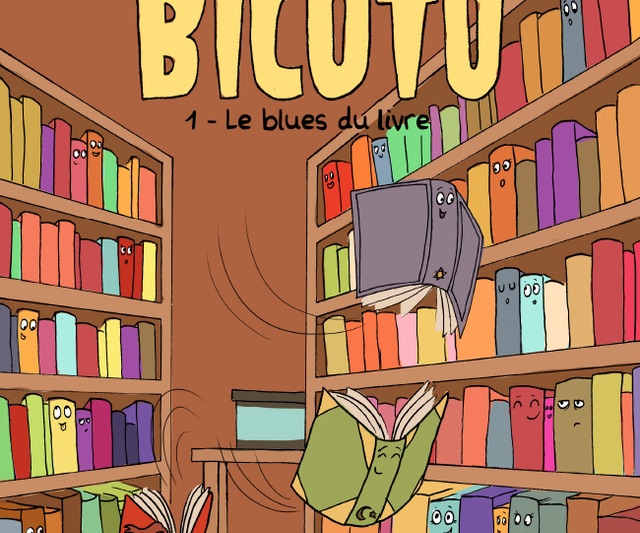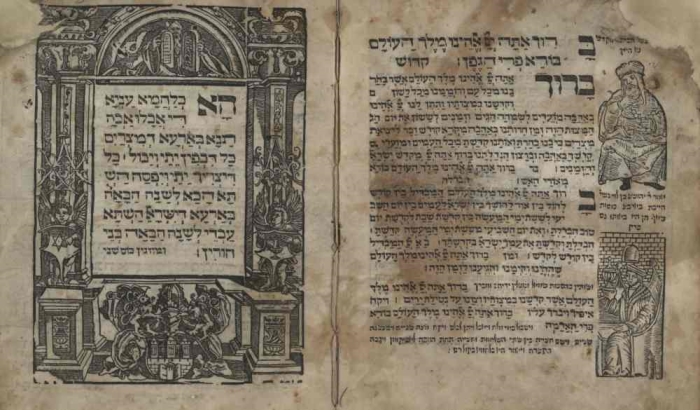Quand le cher rédacteur en chef a su que Norah Jones allait être chroniquée, il me dit : « Trouve-moi une photo sexy ». Bon, tout à fait entre nous, Norah a changé de style et il faut voir ça ! Norah change de coupe de cheveux (avec le single phare « Chasing Pirate », elle adopte même l’allure Nora l’exploratrice et s’engage en plein Manhattan à voguer sur un immeuble aux grandes voiles!). Ici, elle récupère les ciseaux, coupe le son trop jazzy pour une musique folk plus en puissance et remet le son en amorçant un tournant musical avec son quatrième album « The Fall » sorti le 17 novembre dernier.
Norah restera toujours Jones ! C’est une évidence, on la reconnaît à son timbre de voix et à son piano. Un style très jazzy des années 2002 qui nous invitait au voyage velours des pianos-bars new-yorkais au contour d’un Bill Evans. Aujourd’hui, elle nous revient avec un album en collaboration avec entre autres le batteur Joey Waronker (batteur de REM et Beck). Accompagnée de ses musiciens, ils partent en vadrouille explorer un son marqué folk aux textes sensibles de Ryan Adams, poète et chanteur-compositeur Alternative Rock/Country, donc tout s’explique. Et le piano me diriez-vous ? Là ? Plus là ? Eh bien le piano omniprésent dans ses derniers titres se fait nettement plus discret (excepté sur quelques pistes où il prend toute la place, marque de fabrique oblige) sous un nuage angélique de guitare et basse plus charismatique.
Les couleurs de l’album.
Album opulent aux sonorités couleur carmin se marie très bien avec le rythme traditionnel du jazz. Des tons très doux d’une folk adoucie par une voix raffinée, un monde de rêve et de délicatesse. Un goût dans la bouche de chocolat velouté signé Ryan Adams marque l’ensemble musical. Une broderie avec quelques touches de basse poudrée et aux perles des accords très 80’s couvrent le tout de façon équilibrée. Riffs efficaces et ambiance rétro, il n’y avait que Norah Jones pour nous faire cela. Moderne et renvoyant le parfum de la mer, « The Fall » est la représentation d’une eau calme.
Donc un opus sincère, de bonne facture dans son ensemble et pourtant… on n’y échappera pas. Norah Jones se perd dans ses travers à raconter des histoires qu’on mettrait volontiers dans une corbeille rejoindre les bandes sons reconnaissables de ces séries « dégueulantes » de niaiseries à la Dawson et compagnie. Nos oreilles ne sont pas un urinoir gracieux, merci!
« The Fall » n’est pas une révélation néanmoins après avoir fait le tri, l’album souligne une volonté de l’artiste d’évoluer (il était temps au bout du quatrième opus) et d’aller sur des îles plus ou moins vierges.
Comparer les prix de CD dans votre moteur de recherche shopping. Trouver les meilleurs CD produits et les meilleurs CD prix parmi l'ensemble des marchands sur Kelkoo.
